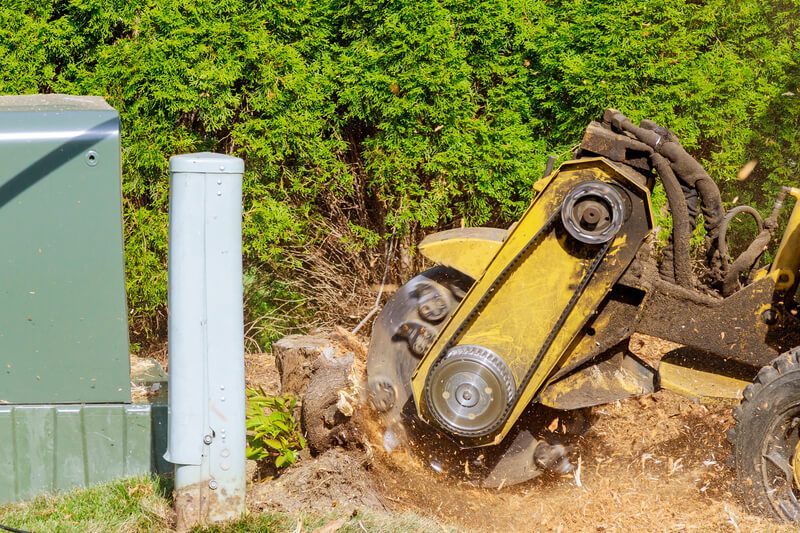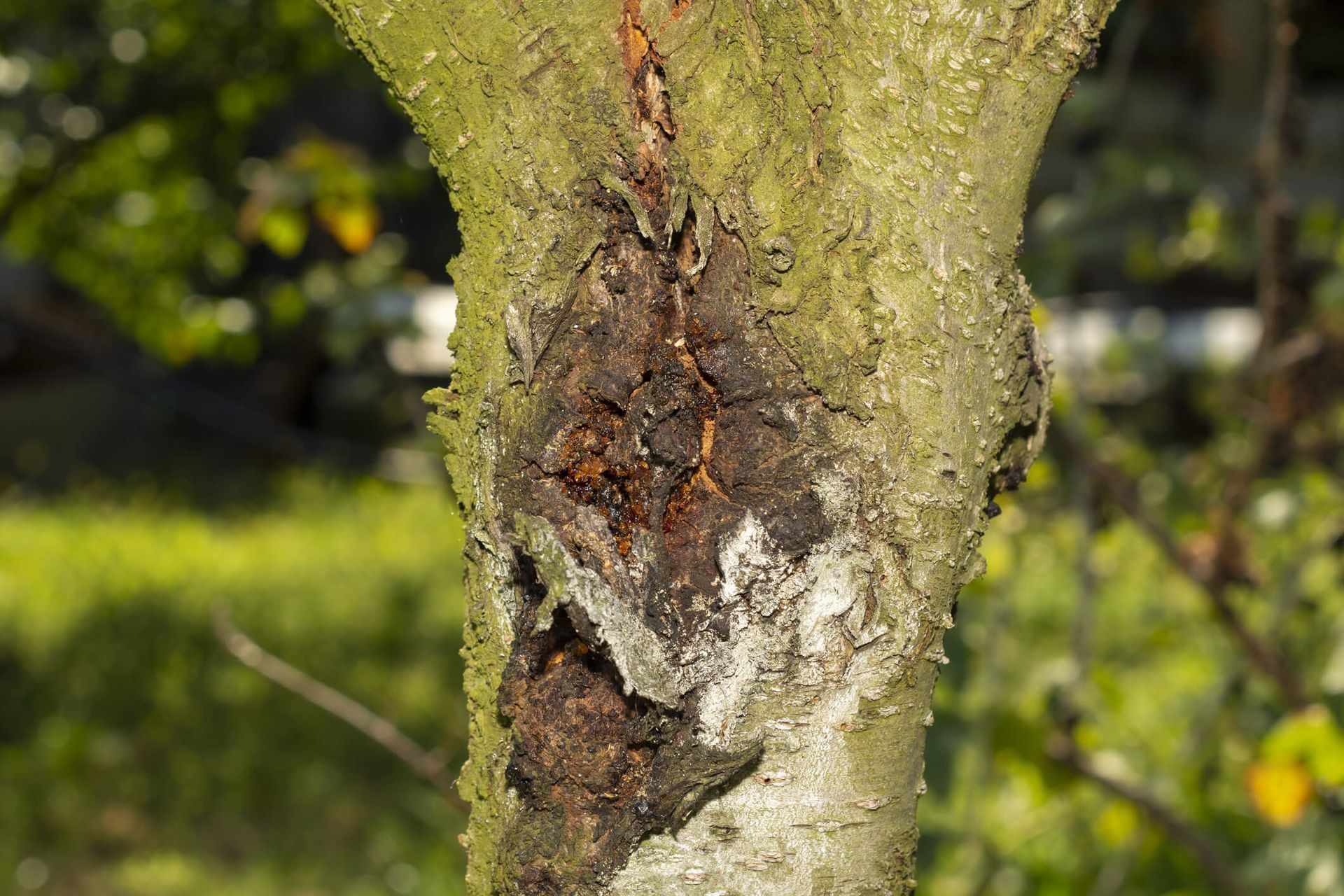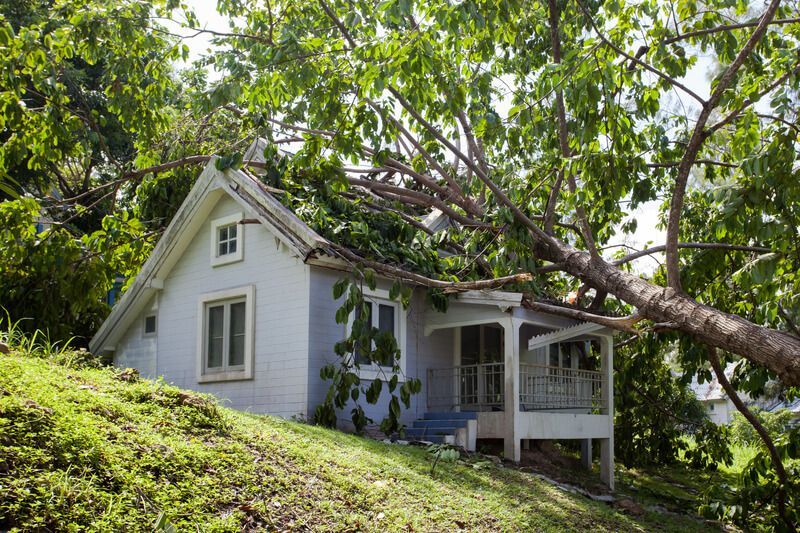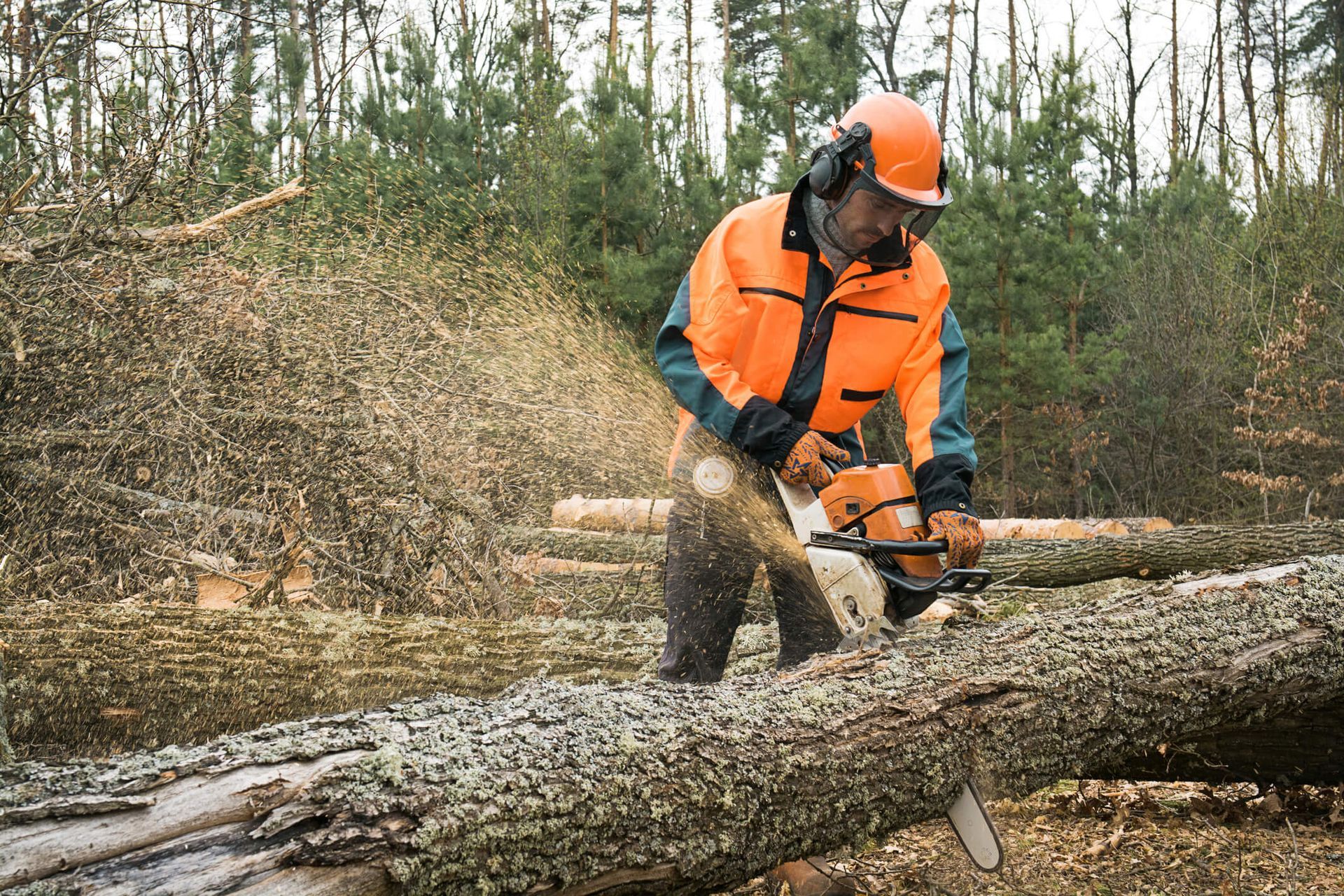How Soon After Stump Grinding Can You Plant?
Understanding Stump Grinding
If you're unfamiliar with stump grinding, it is a service that removes the visible portion of a stump while leaving the roots below the ground. The process involves using a machine to grind the wood into small pieces, often leaving a mix of sawdust, dirt, and wood chips. Many posts discuss this topic, but finding the correct answer depends on your situation. Understanding stump grinding is essential if you want something to improve your landscape or restore your yard.
Many property owners also ask what to do with wood chips from stump grinding. These wood chips can be repurposed as mulch, used in compost, or removed to clear the planting area for new trees or plants. However, using them too soon in the exact location can deplete the soil of nitrogen, affecting plant growth and even grass health. Discussions on Reddit and other forums often explore different approaches, and some apps guide proper soil restoration. Every company handling stump grinding may have its own rules for dealing with leftover materials, so it's essential to consider the best method for your landscape.
Tree Removal and Stump Grinding Services
Whether you're dealing with tree removal, emergency tree removal, or just routine stump grinding services, it's essential to understand how these processes affect the soil and what steps you need to take before replanting. Using an app to track soil conditions and restoration progress can help you make informed decisions. Once the stumps are removed, the surrounding ground may need to be restored with topsoil, compost, and additional nutrients to ensure a healthy growing environment. Taking the chance to prepare the planting area properly reduces the risk of future issues. Depending on the type of tree that was removed, you may need to adjust soil conditions accordingly. If you're unsure, consulting an expert or reviewing a site photo can help guide your next steps while ensuring you follow all necessary rights and guidelines for proper landscaping.
Factors Affecting Planting After Stump Grinding
Before planting a new tree or plant, it's essential to consider these key factors:
1. Soil Quality and Restoration
The soil left behind after stump grinding often lacks essential nutrients. The decomposition of old tree roots releases nitrogen, but this process takes time. If you plant too soon, the decaying wood may compete with the new tree or plant for nutrients, leading to slow growth or failure to thrive. This can become an issue if the soil is not correctly restored before replanting, as the remaining roots and wood chips may interfere with healthy tree growth.
To restore soil health, consider adding:
- Topsoil: Replenishes lost nutrients and improves soil structure.
- Compost: Enhances soil fertility and promotes growth.
- Fertilization: Balances nutrient levels, especially nitrogen.
2. Root Systems and Space
Even after stump removal, old root systems can remain underground. These decaying roots take up space and may interfere with new tree growth. To avoid complications, it's important to clear as many remaining roots as possible.
In cases where root removal is difficult, planting slightly away from the original stump location may be a better option. A professional arborist can evaluate the site, assess the root ball, and determine the best approach to ensure the new plants or trees thrive in a healthy growing environment.
3. Wait Period for New Planting
The waiting period before replanting depends on several factors, including the amount of debris, the size of the stump, and soil preparation effort. Generally:
- 2–4 Weeks: If you remove all wood chips, add fresh topsoil, and fertilize.
- 2–6 Months: If you allow natural decomposition and soil recovery.
- 1 Year or More: If large roots remain and the ground settles.
Regularly check the soil level and remove any leftover debris during this wait period.
4. Pests and Diseases
After tree removal, particular pest species and disease organisms can linger in the area. Some trees are more prone to diseases that persist in the soil, so it is essential to select the right species for replanting.
To reduce the risk:
- Choose disease-resistant tree species.
- Remove any decayed roots and wood debris.
- Improve soil aeration to prevent fungal issues.

Best Practices for Replanting After Stump Grinding
If you're ready to plant new trees or plants, follow these steps for success:
- Clear the Area Completely
- Remove any leftover wood, debris, and roots.
- Fill the hole with a mix of topsoil and compost.
- Prepare the Soil
- Test the soil to check nutrient levels.
- Adjust pH if needed using compost or organic materials.
- Choose the Right Planting Location
- Avoid planting directly over an old stump spot.
- Consider landscape and space requirements for new tree growth.
- Use Proper Planting Techniques
- Dig an appropriate-sized hole for the new tree.
- Add mulch around the base to retain moisture.
- Monitor Growth and Soil Health
- Water regularly, especially in dry conditions.
- Check for signs of pests, diseases, or poor soil health.
Conclusion
Planting after stump grinding requires careful soil preparation, nutrient restoration, and consideration of tree growth factors. Proper steps ensure a successful landscape transformation, whether dealing with tree removal, emergency tree removal, or stump grinding services.
Proper removal, decomposition, and recovery techniques will quickly prepare your yard for new plants or trees. If you need professional guidance, SYS Enterprises offers expert services to help with your planting area, site evaluation, and restoration process.
Thanks for reading! Feel free to ask questions about stump grinding, tree care, or replanting.
Frequently Asked Questions
Here are answers to some common questions about stump grinding, soil restoration, and replanting after tree removal.
What is the best time of year to remove a tree stump?
The best time for stump removal is during the dormant season, typically in late fall or early spring, when the tree is not actively growing. This minimizes disruption to surrounding plants and can help with quicker soil recovery.
Can stump grinding damage nearby plants or structures?
Yes, stump grinding can damage nearby plants or structures if the machine is not correctly positioned. To prevent accidental harm, it's crucial to maintain a safe distance.
How deep does a stump grinder go?
Depending on the stump's size, a stump grinder typically grinds to a depth of 6–12 inches below the surface. Grinders may sometimes go deeper if necessary, but it's often sufficient to prevent new tree growth.
How do I prevent pests after stump grinding?
To prevent pests, it is essential to remove any remaining wood chips and roots from the grinding process. Additionally, ensuring proper soil aeration and choosing disease-resistant plant species can help reduce pest problems.
What are the risks of planting too soon after stump grinding?
Planting too soon can lead to poor plant health as the decomposing wood may compete with the new plant for nutrients, especially nitrogen, which can slow growth or cause failure to thrive.
How can I restore the soil after stump grinding?
Restoring soil involves adding fresh topsoil, compost, and fertilizer to replenish nutrients. It's also essential to monitor the soil's pH levels and adjust accordingly to create the best environment for your plants.
Can I plant flowers after stump grinding?
You can plant flowers after stump grinding if the soil is prepared correctly and free from excessive wood chips or decaying roots. For best results, consider waiting for the proper soil restoration before planting.
How long does it take for tree roots to decompose naturally?
The decomposition of tree roots can take several months to several years, depending on their size, soil conditions, and environmental factors such as moisture and temperature.
Are there any tree species that should not be replanted in the same spot?
Certain tree species may carry diseases or pests that can linger in the soil, so it's important to avoid planting the same type of tree in the same spot. Opt for disease-resistant species to reduce future problems.
How do I know if the soil is ready for planting?
The soil should be free of any decaying wood or debris, well-aerated, and have the necessary nutrients for plant growth. Testing the soil, checking its pH, and adding compost or organic materials will help ensure it's ready for new plants.


